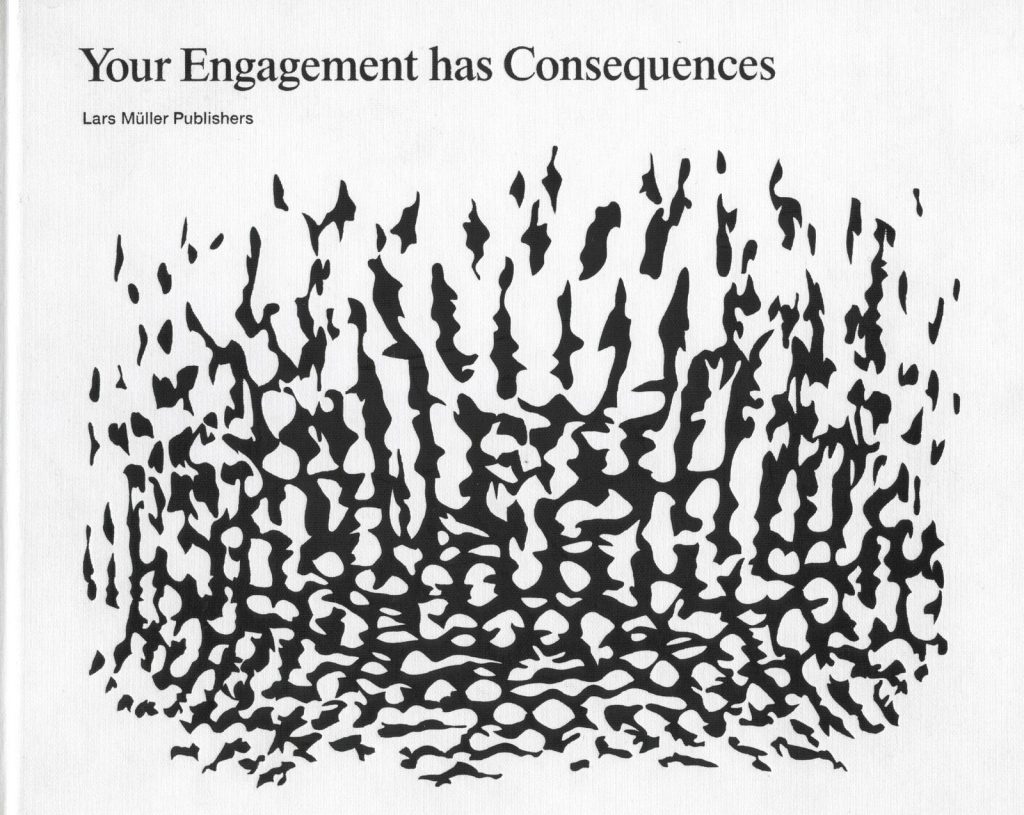
For a couple of months now, I’ve been really pre-occupied by this discussion of the color white and its association with modernism. It’s between Olafur Eliasson, curator Daniel Birnbaum, and Mark Wigley, the dean of Columbia’s architecture school and author of White Walls, Designer Dresses: The Fashioning of Modern Architecture, and it’s in the latest exhibition catalogue of Olafur’s work [which was maddeningly unavailable in the US for a long time, except at Tanya Bonakdar Gallery. It’s a stunning, eye-opening book, no pun intended.]
DB: How did modern architecture become white?
MW: Well it only became really white after the mid-century.
DB: It was not in Stuttgart? [at the Weissenhof siedlung, an architectural showcase/manifesto featuring work by Mies van der Rohe, Le Corbusier, and other pioneering modernist architects]
MW: No. The polemical exhibition of modern buildings in 1927 had a kind of off-white. It takes a long time to become white white, like that of a Richard Meier building today which is completely unlike the white of classic modern architecture. The pioneering buildings had more like an eggshell color, so there is a way in which modern architecture whitens over time. One could argue that it does so as a reaction to the black-and-white photographs. The eggshell color looks white in black-and-white photos and all of the other colors on the buildings, green, brown, and so on, tend to go very dark. So a first result of the photographs is that you don’t realize that there are many colors. One of the main points of the White Walls book was to say that modern architecture was not white but multi-colored. In that system of many colors, white was playing a crucial role as a kind of reference point. So of course I was interested in the ideological construction of the idea of white as a default frame of reference. The famous black-and-white photographs make white famous, and then the buildings try to look more like the photographs and become really white and all the other colors are removed. So that somebody can make a building that is really super white today and people would think that it is modern.
OE: You mean the photograph representing the actual spaces?
MW: Yes. If you look at the photographs of the Weissenhofsiedlung exhibition houses they look absolutely white but Mies van der Rohe’s building was a kind of pink. [emphasis added]
